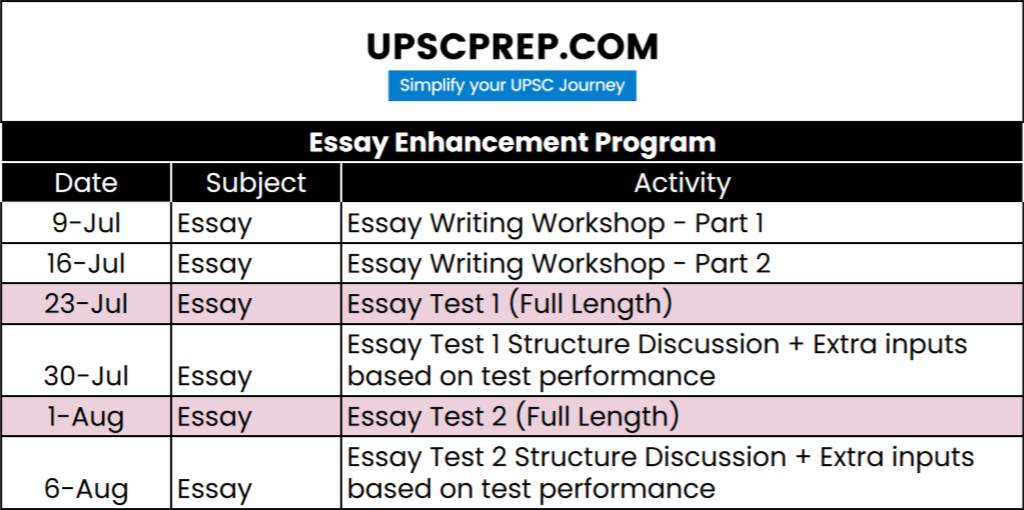Question-cum-Answer-Booklet
Model Solutions
1. In the context of the caste system, critically examine Louis Dumont’s concept of purity and pollution. 20
2. “India’s destiny is not ‘caste’ in stone.” Comment in view of contemporary social realities. 10
Model Structure 1.
Introduction:
● Louis Dumont in 'Homo Hierarchicus' Caste system and its implications formulated theory on caste system.
Main Body:
● In his seminal work he argues that ideology/values are basic principles of social organization. Also, he stated that traditional values are fundamentally different from modern values.
● Traditional values like collectivism and hierarchy are different from modern values like individualism and equality.
● According to him hierarchy present in society leads to religious ranking
● And theses hierarchies are ritual hierarchy and are considered as purest type of hierarchy
● Further hierarchy is based on division of society based on purity and pollution. This division further results in separateness, and division of labour.
● Some occupations were considered as pure and were reserved for upper castes on the other hand polluted occupations are restricted to lower castes.
● Criticism:
○ Biased Views: His concept was largely derived from the classical Hindu texts which were produced by the upper caste Brahmins. His views are proponents of the views of the upper caste.
○ Created an Ideal Type theory: He tried to develop a concept that was supposed to apply to the entire Indian subcontinent. But at an empirical level, there existed significant variations in the system of caste hierarchy from region to region. E.g. There are some regions where Brahmans are more respected than other places.
○ Faulty Rank System: He established a definite rank of individual caste groups on an all-India basis. But practically these ranks were the result of Stereotype. The actual status of a particular caste differs according to local rules of pollution. The notion of ‘who pollutes and when it pollutes’ are highly variable from region to region.
○ No general acceptance:- People of lower caste did not accept the unclean and demeaning status assigned to them. They had their own definition for the caste situation and did not subscribe to Dumont’s ideological celebration of hierarchy based on the principle of purity and pollution.
○ His view has been criticised as a deterministic view of caste as per Andre Beteille. According to Beteille, the caste system is dynamic and continually changing.
○ Further his theory has been criticized as a Brahamanical view of the caste system. Few scholars considered his work an ideal theory.
○ According to Mckim Marriott ritual hierarchy is indirectly influenced by political and economic hierarchy. Hence his theory is away from empirical reality.
Conclusion:
● But in spite of all these criticisms his theory has enriched the village study and caste system in India. Later researchers have used his theory in studying the Indian caste system.
Model Structure 2.
Introduction
● “India’s destiny not ‘caste’ in stone” is advocated by Andre Beteille, meaning that caste is dying down from the consciousness of people. He believed modern forces of democracy would efface the distinctions of caste, but its consequences have been very different from what was expected. Moreover, the operation of caste is different in the public and domestic spheres of life.
Main Body
● Dilution of certain features of caste:
○ Education: The concept of ‘Purity and Pollution’, one of the cornerstones of the hierarchical structure of caste, guides social interaction. Modern conditions of life and work have challenged this rigidity. Modern educational institutions, especially in the urban areas, encourage interaction among peers and between students and teachers. This strengthens the bonding and bridging capital of the educational system.
○ Marriage: State through law as an agent of social change has also promoted inter-caste marriages despite the predominance of caste endogamy. Secular aspects such as education and income are given considerations along with caste. Those castes more closely placed in the hierarchy tend to encourage such marriages.
○ Labour Market: The association between caste and occupation is now more flexible than it was in the traditional economy of land and grain. New economic opportunities are open to all those who possess the required qualifications which in turn diminishes the deterministic role of caste. This resembles the structural-functional theory of Davis and Moore, in which society rewards those in functionally important roles. The new opportunities also encourage individual social mobility and intergenerational mobility, which further loosens the association between caste and occupation.
○ Inter-dining: Restrictions in inter-dining are almost nil in public places like restaurants whereas within the domestic household, some loose restrictions are still in place like not everyone can access the kitchen, maintaining the sacredness of certain utensils, etc.
● Andre Beteille observed that caste is maintaining or even strengthening its hold over the public consciousness especially in democratic structures like political parties and elections where mobilization of people and votes are being done on caste lines.
● He attributes the cause for this to the domain of ‘organized politics’ and ‘media’ which perpetually feeds the caste identity in the minds of people.
○ For instance, when the President of India visited a prominent temple in Odisha, the temple was purified after his visit since he belonged to a Scheduled Caste. This reveals how deeply entrenched caste is in the minds of consciousness.
● Moreover, caste-based quotas are always a zero-sum game in which new castes can be accommodated only at the expense of people who are already deriving the benefits of reservation under the status quo, thereby splintering our society into the haves and have-nots whose interests are irreconcilable.
Conclusion
● Thus, India’s destiny is not ‘caste’ in stone but caste is here to stay with attempts to reduce its dysfunctions.
(Reference:https://www.thehindu.com/opinion/lead/indias-destiny-not-caste-in-stone/article2913 662.ece )
Check out our Essay+Ethics Program -
(Last FEW Seats Remaining)

